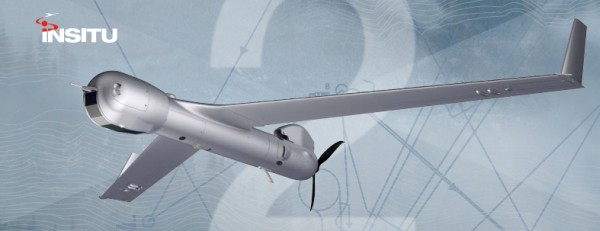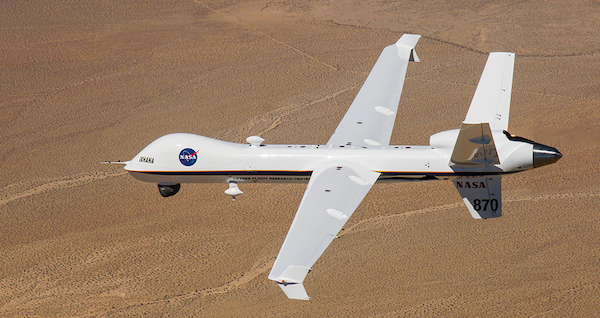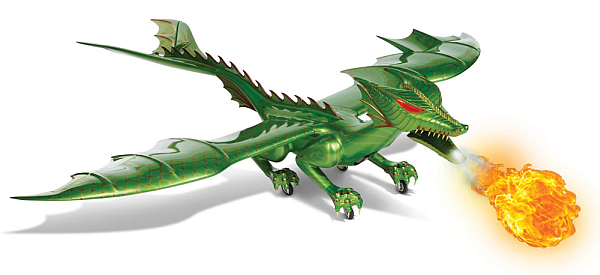Podcast: Play in new window | Download (Duration: 33:30 — 23.1MB)
Drone news from CES 2018, drones and asymmetrical warfare, situational awareness for sense and avoid from Insitu, a Cargo Air Vehicle prototype from Boeing, and GoPro exits the quadcopter market.
UAV News
Drones fly over Bellagio fountains during Las Vegas CES
Intel Corp. flew 250 light-emitting Shooting Star drones over the Fountains at Bellagio at CES 2018. Intel plans a drone show at the 2018 Winter Olympics in South Korea.
Video: Intel’s drone light show sends 250 drones flying over Las Vegas at CES 2018
Volocopter 2X: An Autonomous Flying Taxi In Flight At CES 2018 In Las Vegas For The First Time
The Volocopter 2X autonomous passenger drone lifted off on the stage at CES 2018. The flight was short and tethered for safety.
Yuneec announces Typhoon H Plus alongside first fixed-wing and racing drones
Yuneec showed three drones at CES 2018: The Typhoon H Plus for pro photographers and videographers, the Firebird FPV fixed-wing drone, and the HD Racer small racing drone.
Images from CES 2018
These photos were provided by junior21 in our Slack listener team:
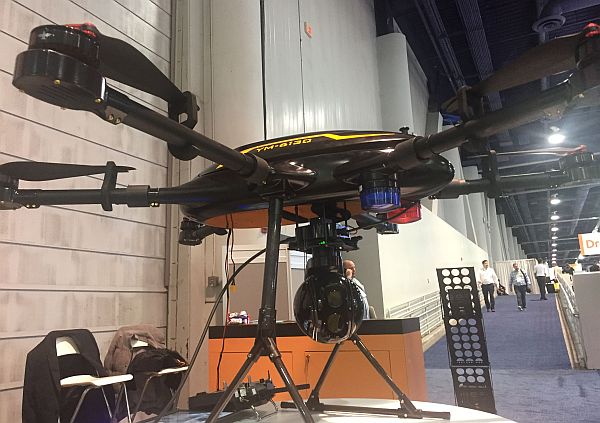
Law enforcement drone at CES 2018.
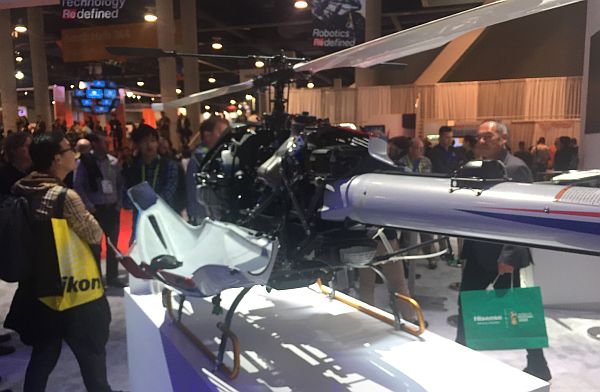
Yamaha Frazer at CES 2018.
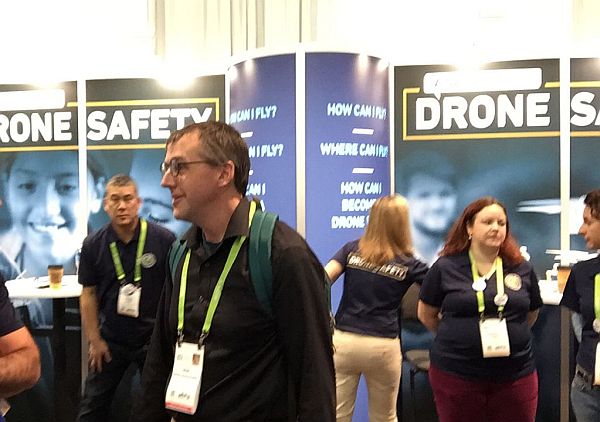
CES 2018 drone safety booth.
Defining Asymmetrical Warfare: Extremists Use Retail Drones to Attack Russian Air Base in Syria
There are reports of insurgents modifying commercially available quadcopters to deliver explosives such as mortar rounds and grenades. Social media photos show the damaged tail of a Sukhoi Su-24 Fencer attack aircraft in Syria. There is speculation the Russians have intercepted the drones with the Pantsir S-2 integrated missile and gun vehicle.
Insitu Demonstrates Broad-area Airspace Situational Awareness System for Unmanned Air Systems
Insitu completed a successful flight demonstration of their real-time, ground-based UAS airspace situational awareness system. The system allows commercial UAS operators to detect and avoid nearby aircraft flying both within and beyond line of sight. The system is specifically designed to help detect and avoid “non-cooperative” traffic. Insitu collaborated with Boeing Phantom Works International in Australia under a program sponsored by the Queensland Government.
Boeing Unveils New Unmanned Cargo Air Vehicle Prototype
The unmanned electric VTOL multi-copter Cargo Air Vehicle (CAV) prototype is designed to carry up to 500 pounds. Boeing will use it to “test and evolve Boeing’s autonomy technology for future aerospace vehicles.” Initial flight tests were successfully completed at Boeing Research & Technology’s Collaborative Autonomous Systems Laboratory in Missouri.
Future of autonomous air travel: Boeing unveils new cargo air vehicle prototype
GoPro Plunges After Announcing Job Cuts, Revenue Miss
GoPro Inc. had a difficult fourth quarter. The company is cutting more than 20 percent of its global workforce and ending its drone business. GoPro says they will sell off the existing inventory of Karma drones but will continue to provide service.
UAV Video of the Week
Brain Controlled UAV
A hacked Star Wars Force Trainer uses the operator’s thoughts to control a small drone in this ARCLab ACE Project.
Feedback
NASA chief historian Bill Barry sets the record straight on the origins of the winglet. It was Richard Whitcomb at NASA that gets credit for the aeronautical innovation, not DARPA.
Dryden Flight Research Center: Winglets

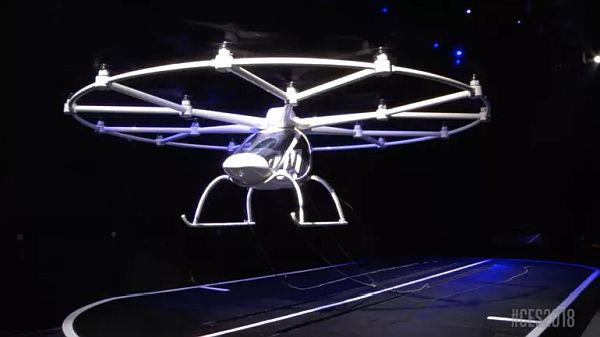

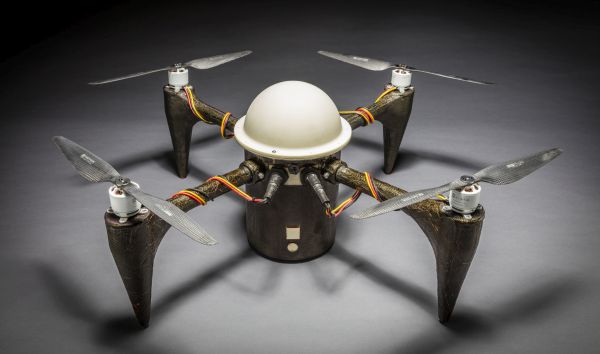

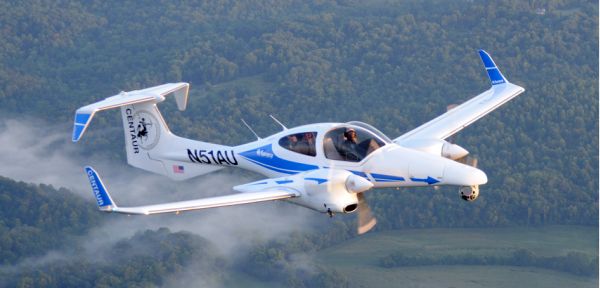
 Princess Aliyah Pandolfi is founder of the
Princess Aliyah Pandolfi is founder of the 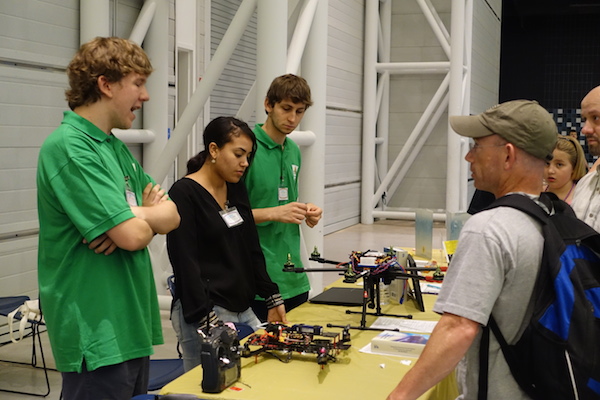
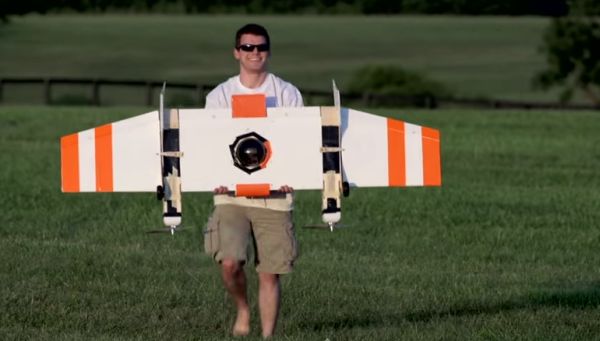
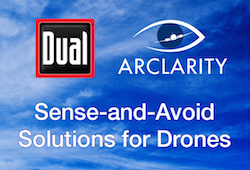 Dual Electronics Corporation is a subsidiary of the Namsung Corporation, and is based in Heathrow, Florida. Dual offers a wide selection of mobile electronics, marine electronics, and portable GPS and ADS-B receivers for aviation. For more information, visit
Dual Electronics Corporation is a subsidiary of the Namsung Corporation, and is based in Heathrow, Florida. Dual offers a wide selection of mobile electronics, marine electronics, and portable GPS and ADS-B receivers for aviation. For more information, visit 
